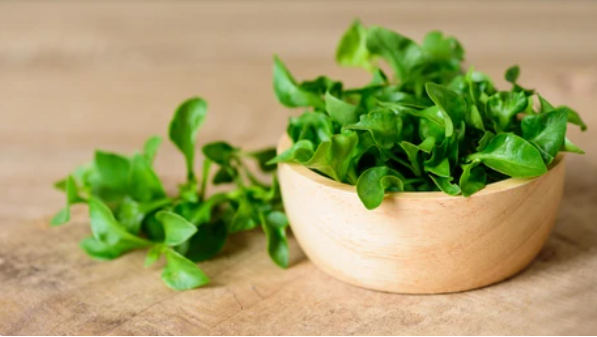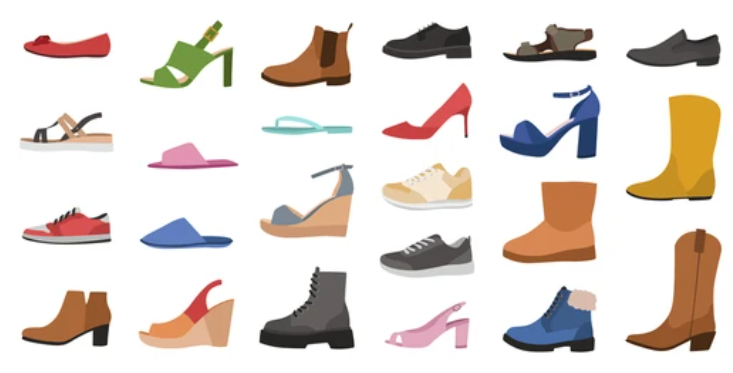Switch to Watercress
Looking for some leafy greens to have with dinner? Skip the
lettuce, spinach and rocket, even the kale, and opt instead for watercress.
Astonishingly nutrient dense, watercress is one of the best kept nutritional
secrets.

Watercress is naturally:
- high in vitamins A, K, B6, folate
and C (the vitamin C helps you absorb the iron in watercress)
- high in calcium potassium,
manganese and iron
- rich in dietary nitrates, linked
to improved athletic performance
- packed full of antioxidants –
watercress has 40 unique flavonoids such as isothiocynates, which give it its
peppery flavour. Studies have linked antioxidants with a lower risk of cancer,
diabetes and heart disease.
Better for your brain
Another reason to eat watercress? Your brain health.
Psychiatrist Dr Drew Ramsay is a world leader in nutritional psychiatry – the
use of food and nutrition to optimise brain health. He and his team devised the
Antidepressant Food Score to determine the most nutrient-dense foods to help
prevent and promote recovery from depression. Top of their list was watercress,
with a score of 127 per cent.
Do not confuse watercress with the much smaller and delicate
garden cress or mustard cress. Watercress packs more punch flavour wise and has
bigger leaves, and as its name suggests, grows in water rather than soil.
Naturally peppery, watercress is a delicious addition to
salads, can be made into soup, into sauces such as pesto, added to curries, and
mixed into rice with chopped herbs.
Eat your lunch outdoors
We get it – you are up to your ears in deadlines or you have
urgent emails to reply to. Grabbing lunch at your desk seems a no-brainer. But
taking your sandwich or salad into a local park, even for just 15-20 minutes,
delivers some surprising health benefits that may even boost your productivity.

Here is how spending time in sunlight and fresh air can help
you feel better physically and mentally:
1. You can rewind and recharge.
Being outdoors offers a mental and emotional refuge from the
overstimulation of flashing screens and vibrating phones. Research suggests
spending time in nature and green spaces can help you feel more relaxed and
focused, and boost your energy by nearly 40 per cent, which can only benefit
you as you head back to work after your break.
2. You will improve your sleep.
Your body’s internal clock generally follows the sun, so you
are more awake during the day and sleep better at night. Sunlight affects your
circadian rhythm more than electric light, which means that exposing yourself
to sunlight can improve your sleep. How? Stepping out into sunlight can help
you feel more tired at night, shorten the time it takes to fall asleep, and
improve the quality of your rest.
3. Your mood may benefit.
Getting outside into sunlight can often help ease the
symptoms of depression such as low mood and fatigue. Experts are not really
sure why, but sunlight is believed to increase the body’s level of serotonin, a
brain chemical strongly linked to mood.
Blisters, swelling, aching feet, shin splints, heel spurs –
ouch! If you work on your feet all day, these problems might be familiar to
you. Fortunately, there are ways we can all protect our feet at work.
It is common to develop foot problems at work. Some are
caused by slipping or falling, or from injuries such as sprains and cuts. Then
there are those caused by long periods of standing, and from poorly fitted or
inappropriate footwear.
What is the problem with standing?
Our feet are designed for mobility, which is why standing
for long periods can be so tiring. Standing for hours, day after day, not only
tires you out but can lead to aching and swollen feet, varicose veins, swelling
of legs, general muscular fatigue, plantar fasciitis (causing pain on the
bottom of your feet) and even damaged joints.
The surface you are standing on makes a difference, too.
Hard or uneven surfaces such as concrete can lead to significantly more wear
and tear on your feet, ankles and lower legs.
If you can, change your body posture regularly, and sit down
if you have the chance. Swapping your posture increases the number of muscles
you use, putting less strain on individual muscles and joints used to maintain
a standing position.

The right shoes for the job
Shoes play a vital role in supporting your feet, as well as
in protecting them from external dangers. Some occupations need specific
footwear for safety reasons, such as steel caps or chemical resistant material.
As a general guideline, you should look for shoes with the following:
- A well-padded sole – to absorb
and reduce pressure on the feet.
- A heel less than 2.5cm high –
high heels increase the pressure on the ball of the foot.
- Material that breathes – fungal
infections like tinea thrive in warm, moist environments. Leather is preferred
for shoe uppers, with synthetic or rubber best for the sole as they are often
more durable, shock absorbent and provide better grip.
- Laces, straps or buckles to
secure shoes to your feet, so you are not ‘clawing’ your toes to keep them on.
- Plenty of room. Your toes should
not touch the end of your shoes or you can damage your nails and toes. For this
reason, it is best to shop for shoes in the afternoon as most feet tend to
swell during the day.
Flu? What flu? No one gets the flu anymore, right? With the
flu numbers down in recent years due to lockdowns and restrictions, it is easy
to forget just how serious and even lethal the flu can be.
It is a common question; surely, with all the hand-sanitising,
and with more people now working from home when sick, surely I do not still
need to worry about the flu?
After all, during COVID lockdowns, very few people got the
flu. Plus, we are all a bit sick of talking about vaccinations. Not to mention,
we are all a bit sick of worrying so much about getting sick.
Yet, getting the flu vaccine this year is more important
than ever.

If you are in the Southern Hemisphere, you get a preview of
the upcoming flu season by watching what is happening in similar countries in
the Northern Hemisphere. And the same is true if you are in the Northern Hemisphere
– the Southern Hemisphere flu season gives you an idea of what the next flu
season may look like.
Over the Northern Hemisphere winter, the US experienced the
worst flu season since the start of the pandemic. According to the Bedford Lab,
which studies the spread of viruses, the last season was one of the worst flu
seasons of the decade.
People had not been exposed to the flu virus in more than two
years, and this impacted their natural immunity. The Northern Hemisphere flu
season also started earlier than usual, and many people who intended to get the
flu vaccine left it too late.
What the flu vaccine does
Similar to the COVID-19 vaccine, the flu vaccine does not
always prevent the flu, but it does reduce your chances of getting it. Flu vaccination
prevents illness in approximately up to 6 to 10 healthy adults under the age of
65. Because the vaccine is not effective in absolutely every case, some people
may still catch the virus after having the flu shot. But the risk of illness is
still reduced, and the severity of symptoms if you do catch it.
Can you get covid and flu vaccines together?
It is safe to get your flu vaccination and COVID-19
vaccination or booster on the same day if you want to. Remember, the flu shot will
not protect you from COVID-19, and the COVID-19 vaccine will not protect you
from the flu.